
What To Plant
Vegetable Seeds
Beans, beets, broccoli, carrots, collards, dill, lettuce, mustard, parsley, Swiss chard and turnips Herbs, onions, & seed potatoes
Garden Guide: Updated - Vegetable Planting Dates
Vegetable Transplants
Tomatoes any time this month, peppers, squash and watermelon at the end of the month. Protect these from late freezes. We carry frost blankets!
Read: Growing Fresh Food, Pro Planting Tip: Not Too Deep
Read: Organic Gardening
Flower Transplants
Petunias, alyssum, dianthus, snapdragons, dusty miller, begonias, gerbera daisy, geraniums, impatiens, marigolds, phlox and bluebonnets
Garden Guide: Spring/Summer Annual Planting Guide
All hardy trees, shrubs, vines, fruit trees, fruiting vines, citrus (protect from freeze) and roses.
Garden Guide: Planting Trees, Shrubs & Groundcover
Prune
Don't Prune:
Early spring bloomers such as azaleas, Carolina jessamine, Indian hawthorn, Mountain laurel or Redbud. Prune these after they bloom.
Do Prune:
Fruit trees – peaches, apples, plum, pear lightly to shape (do not prune citrus)
Hardy dormant trees – oak, mesquite, cedar elm, and crape myrtle – Do not top trees!
Perennials that have finished their bloom.
Pick spent flowers from annuals to prolong their bloom season.
Pruning Roses – do it now!
Prune established garden roses early to mid-February. Remove dead or small twiggy growth, leaving strong healthy canes to a plant height of about 18”. Try to prune back to an outward facing bud to maintain spreading, open growth. Don’t prune climbers until after the heavy spring bloom, then removing only the oldest canes and cutting back healthy, vigorous canes no more than 1/3. Cut the flowers throughout the year. This will encourage new buds to form to cut and enjoy again.
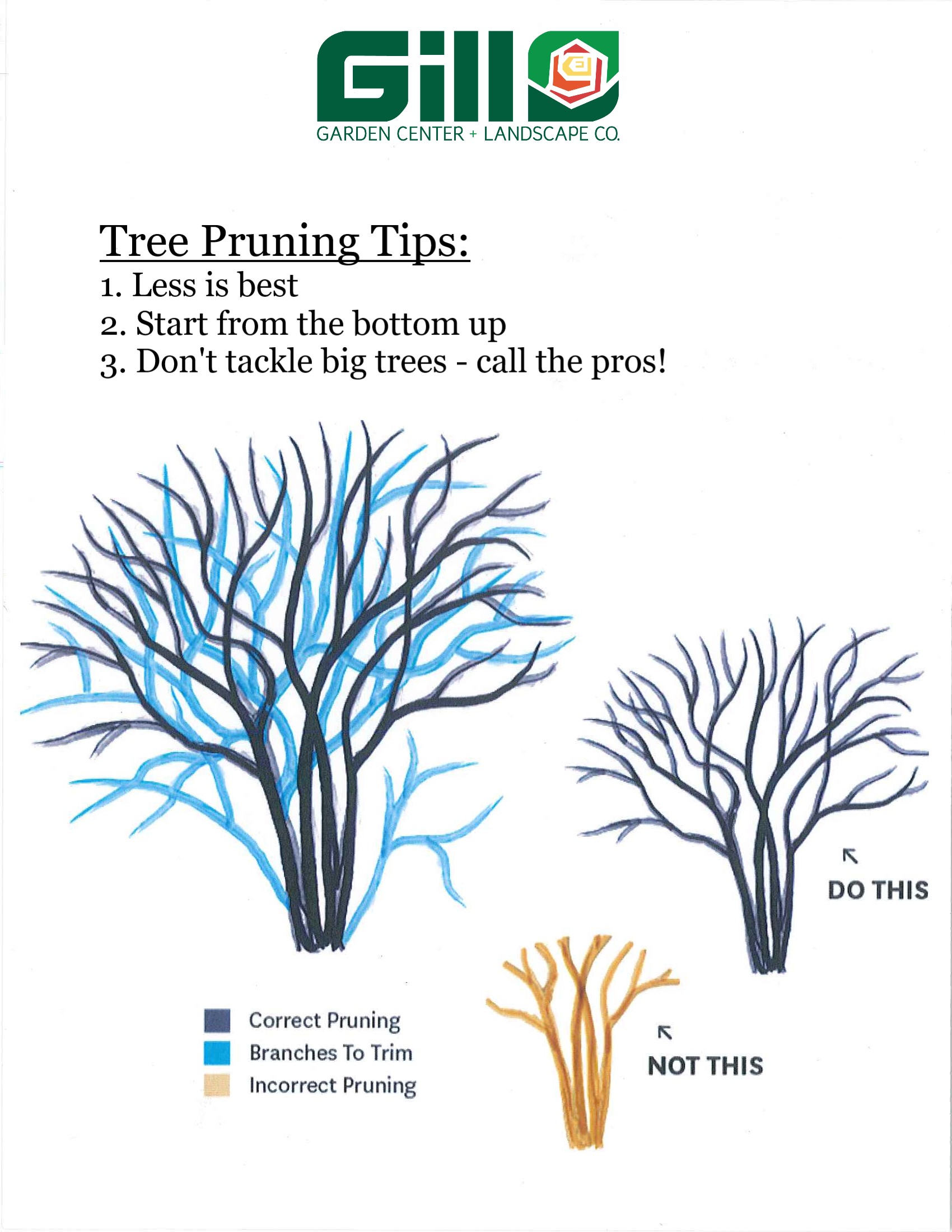
Houseplants
Give your indoor plants an inspection for insects. Most common are mealybugs, spider mites (not a spider), and scale.
- White cottony stuff on the backs and crevices of the foliage: mealy bugs.
- Spotted leaves with a sandpaper feel & tiny red specs: spider mites.
- Black mold on foliage with waxy bumps on leaves: scale
All of these can be controlled naturally with Neem Oil or Spinosad Soap. It’s a good idea to spray/treat your plants outdoors then bring them back in once they’re dry.
Fertilize your indoor plants with organic Hasta Gro liquid and add nutrients with Worm Castings.
Give plants a gentle wash either outdoors or in the tub or sink to remove dust
Repot anytime with good potting mix.
Invest in a moisture meter to help with watering decisions.
Fertilize
Annuals & Perennials
Fertilize organically with Medina Growin Green, Hasta Gro, Maestro Rose Glo, or Plant Tone.
Established Roses
Fertilize organically with Maestro Rose Glo or Plant Tone.
Established Citrus Trees
(3 years or older) Fertilize organically with Citrus Tone, Medina Growin Green, Hasta Gro, or Plant Tone, or conventionally with ammonium sulfate 21-0-0 available in 4 to 20 Lb. bags.
Cool Weather Vegetables
Fertilize organically with Medina Growin Green, Hasta Gro, Maestro Rose Glo, or Plant Tone, or conventionally with ammonium sulfate.
All granular fertilizer should be watered in well.
Do not fertilize tropicals - they need to rest.
Water
Only as needed – but dry cold fronts, high winds, and low humidity can dry plants quickly. Established lawns only need water every couple of weeks, provided we don’t get rain.
Garden Guide: Good Water Practice for Established Trees, Shrubs & Lawns
Watch Out For
Lawn Fungus
This can be a major problem after long periods of wet, cool weather. There are 2 major lawn fungus – Take All Patch and Brown Patch.
Watch: How to Collect a Grass Sample
Read: Protect Your Lawn – Recent Take-All Root Rot Sightings
To Treat: Treat Take All Patch organically with Nature’s Blend Compost or Peat Moss, conventionally with Scotts Disease EX Lawn Fungicide or Fertilome Systemic Lawn Fungicide.
Treat Brown Patch Fungus with Fertilome Systemic Lawn Fungicide, or Fertilome F-Stop Granules.
Watch: Brown Patch Fungus
Scale Insects
Found on hardy trees and shrubs.
To Treat: Spray with Neem Oil Spray or All Season Oil
Leaf Chewing Worms & Insects
To Treat: Thuricide, Spinosad or Dipel Dust
When or if temperatures dip below freezing:
Move tropical potted plants inside or group them together in a protected area so they may be easily covered.
Mulch and water newly planted trees and shrubs well; water tropicals and potted plants.
Cover tropicals and tender plants with sheets, blankets or plastic. (Note plastic can burn the outer foliage it is touching)
Bring fabric all the way to the ground allowing heat from the soil to be trapped around the plant.
Uncover all plants as temperatures rise to prevent the foliage from scorching.
We carry frost blankets!
Lawn Care
You can still apply pre-emergent weed control to your lawn to prevent more weeds from sprouting. We recommend Hi Yield Weed & Grass Stopper with Dimension
You can overseed your lawn now with winter rye grass seed (or fill bare spots with this seed) at the rate of 1 lb. per 100 sq. ft. We have it in 5 to 10 lb. bags. Just remember you cannot use a pre-emergent when planting seed.
Fertilize your lawn when it begins actively growing. This is usually late February to mid March. We recommend organic Medina Growin Green. All fertilizers require water to work, so plan on watering after you apply.
Eliminate broadleaf weeds with Image, Ortho Weed-B-Gon for Southern Lawns.
Control growing weeds naturally with Horticultural Vinegar or Captain Jack's Deadweed Brew treating only the weeds. It will burn all plant foliage.
Lay new sod anytime.

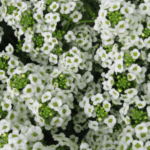

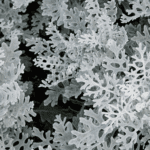





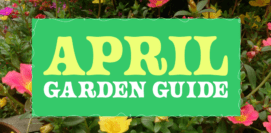


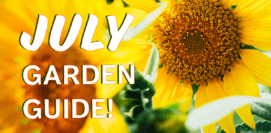






james says
Varies quite a bit by plant type. For example, a ficus is fine outside into the mid to high 30s, but a Spathiphyllum should not go below 50°. probably everything can go out by March 1, but some things that are more cold tolerant might start sprouting and get a little stretched out if they’re not getting brighter light outside.
Nelda says
Ive have my plants protected in my garage over this cold winter season. When is a good time to start taking them outside. They get plenty of light from the windows in my garage doors.
Jesse Jenkins says
Sounds like they’re doing ok in the garage. That’s great. We don’t expect any more freezes, but there’s a chance it could happen. So, wait til Valentine’s Day to be safe.
Cindy dyer says
When can thryallis and durantias be trimmed
Jesse says
Hi Cindy – trim them right now! Both can be trimmed up to about 50% to encourage lots of pretty new growth this Spring.
Valerie Harbolovic says
How do jacaranda trees do in Corpus? What about lychee trees?
Many thanks,
Val
Jesse says
Hi Val – we do carry Jacaranda trees. The do well if they can be protected from the cold. The dwarf varieties (like bonsai blue – we have them in stock) tend to do better here. They’re more easily protected. They get to be about 10′ tall. Lychee are probably not going to like our extreme heat and humidity and definitely not going to like cold temps.
Lara says
I want to plant avocados. Is now a great time for me to plant them?
james gill says
Yes, a good time to plant. Make sure your planting area drains well!
Elizabeth Black says
I just saw this post on Facebook about the bacterial dangers of potting mix. Can you shed any light on this, and/or confirm the dangers referenced?
https://www.facebook.com/696500437/posts/10163131667215438/?d=n
EHB
james gill says
I could not access the facebook article. I have been in this business over 40 years and read 3 to 5 trade journals every month. I do rarely come across an article where a worker has contracted an illness from a peat-based potting mix, so it is not unknown, but it is not common enough that I have any concern for myself, my family, or my co-workers. I just seeded 2 flats of peat-based seed starting mix with wolfberry, this afternoon. I have much more risk to be hurt or killed in just one trip driving to work than the hundreds of pottings I have done. But if you have concern, a well-fitted respirator would prevent legionairres disease, and gloves would protect cut or abraded hands from clostridium.
Jessica B Nelson says
Still read your garden news, always! Pictures are great!
Now living in Wimberley-its lovely.Come visit.
Hope your all doing good!
Jessica
James says
Thanks Jessica, we miss your passion and enthusiasm!
click here says
Your article is very helpful for me and i really appreciated to your work and efforts. Thumbs up!!
JoAnn Kernick says
Starting a small garden to plant tomatoes, Basil, thyme & a variety of other herbs. What kind of soil should we begin with?
Thank you.
Liz says
Can we have some pointers as to how much to prune on everything that got frostbitten or maybe killed during a three-day winter? How long do we need to watch and wait for plants to come back? Or is this better addressed if we bring a long list of our casualties in to ask you?